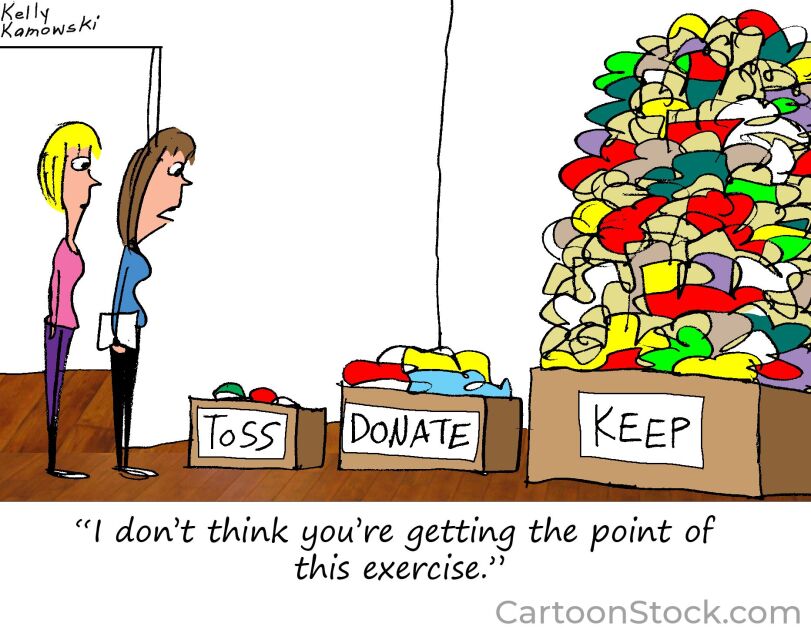
As “fake news” proliferates and heated political debates rage online, more teachers are turning to media literacy to help their students make sense of how information is created and distributed today.
In a new report, the RAND Corporation surveyed this developing landscape of media literacy education. Through interviews with a dozen media literacy experts and a review of studies on educational interventions, researchers examined how media literacy is defined, what instructional resources are available, and how effective media literacy education is in guarding against the spread of misinformation.
They found that though experts say media literacy is urgently important, there isn’t one universal skill set for the discipline—making it difficult to evaluate and compare educational programs.
The report is the latest installment in the RAND Corporation’s study of what they call “truth decay,” or the blurring of the lines between opinion and objective fact. The first report in the series, which my colleague Stephen Sawchuk wrote about last year, attempted to define the problem and identify its source.
In that 2018 report, the researchers wrote that the public increasingly prioritizes opinion and personal experience over facts—and that the veracity of established fact is now up for debate. Political polarization, cognitive biases, and the rise of social media are partially to blame, they argued. But the education system also plays a role. The pressure on schools to prioritize reading and math, coupled with the difficulty the education system faces in adapting to rapid change, means that students aren’t always learning how to be critical consumers of information.
That’s where media literacy comes in, said Alice Huguet, an associate policy researcher at the RAND Corporation and the lead author on this new report. Explicitly teaching these skills is one way to combat truth decay, and to help people become “better prepared to enter the information ecosystem,” she said.
In interviews in this new report, experts said that broadly, media literacy refers to the ability to find, critically interpret, and create media. But under this large umbrella, there are lots of subfields that deal with specific types of information—such as news literacy, digital literacy, and science literacy.
The report also found that there are different ways of conceptualizing media literacy’s purpose. Goals vary, from vetting the quality of information, to uncovering the financial motivations behind certain messages, to understanding media’s role in civic and political life.
Ultimately, though, there isn’t conclusive evidence about which approaches are most effective in K-12 classrooms. The studies researchers reviewed differed in how they defined and measured media literacy skills, and there weren’t many studies that measured the effects of specific interventions. Overall though, correlational research has suggested that teaching media literacy skills can improve students’ ability to analyze and interpret information, said Huguet.
Classroom Applications
What do these findings mean for educators who want to teach media literacy skills?
There isn’t clear guidance on what resources might be best. For now, said Huguet, teachers should focus on their particular school or community context, and their own expertise, to determine what’s most useful for their students. The researchers created a database of 50 educational resources, ranging from short videos to entire curricula. They didn’t evaluate these materials, but they did describe their format and the content they cover.
Still, Huguet identified some best practices. Media literacy instruction isn’t just about fact-checking, she said, and teachers should acknowledge complexity.
“In our really heated political climate, with all of this attention on ‘fake news,’ it’s really easy for us to think that we just want to teach people how to distinguish between what’s real and what’s fake,” she said. “But it’s not that simple.”
Teachers should work with students to develop other media literacy skills, too, she said—like evaluating the process that creates a product. For example, rigorous scientific research about climate change is created through a different process than an opinion article on the topic. Understanding the standards for scientific research gives students more context when they’re trying to decide what is trustworthy and what they should share, Huguet said.
In interviews with RAND researchers, experts discussed balancing skepticism with trust. It’s important for students to understand that there are trustworthy sources of information, and where to find them.
Huguet noted that it’s not clear from the research whether integrating media literacy across the curriculum is more or less effective than offering it as a standalone class. Still, she said, there is evidence that more exposure to these skills is correlated with better outcomes. The report also suggests involving community members, like librarians and clergy, in media literacy education.
“Thinking about how many different kinds of approaches there are to media literacy research helps us see that you don’t have to be a language arts or social studies teacher to be involved in media literacy education,” she said. “If we want to have the herd immunity that we talk about, which is everybody is inoculated to this issue of truth decay, it’s going to take all hands on deck.”
Image: Getty



